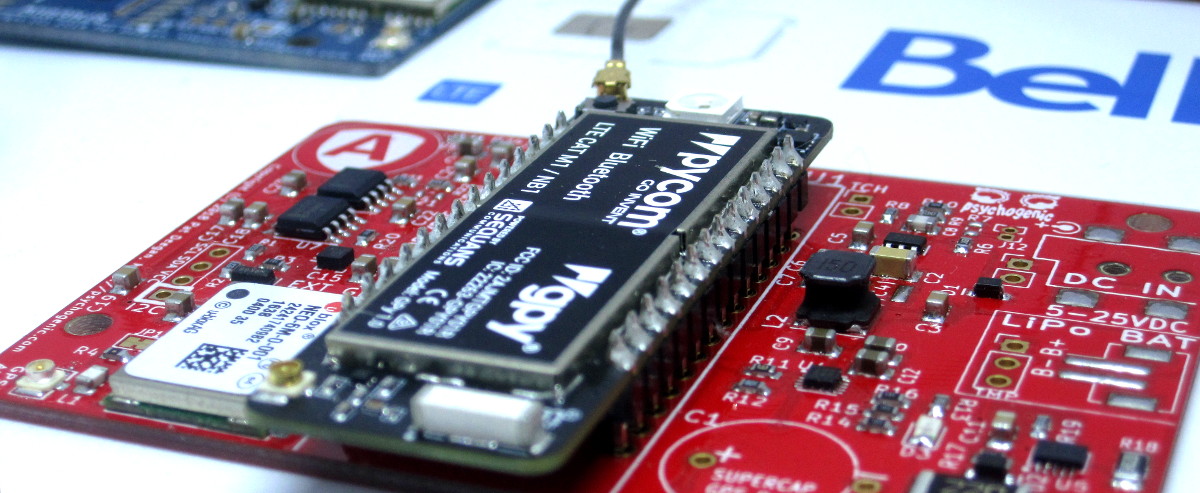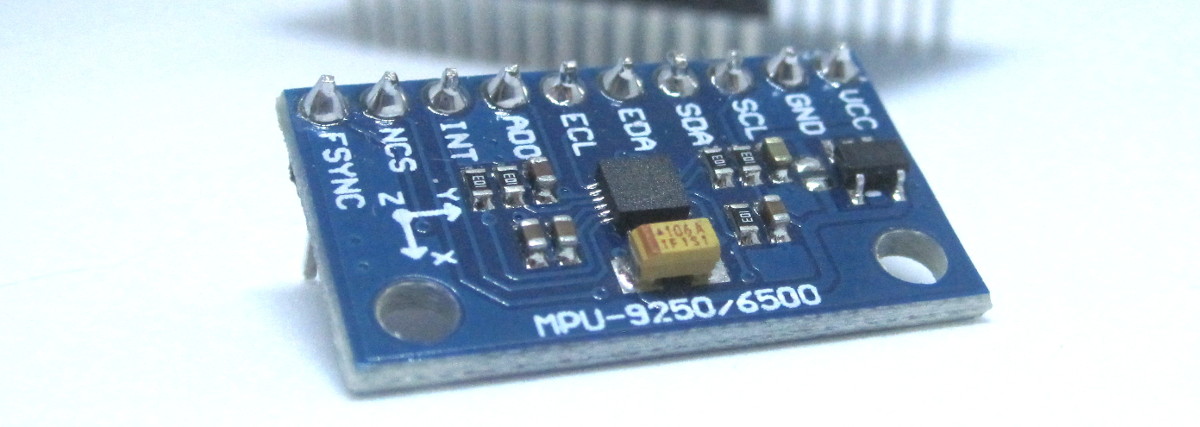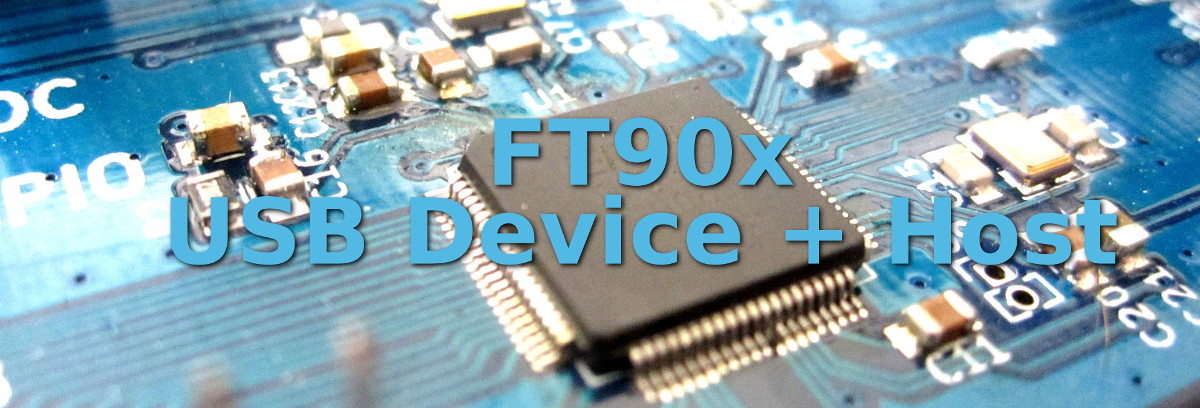Go from HDL to physical CMOS layout right now with the help of this guide and some great open-source tools. I’m currently following the Zero To ASIC course, which pretty much does what is says on the box: helping you learn how to move beyond the FPGA and get your hardware descriptions transformed into real…
- by: Pat Deegan
- On

Here’s how to build your own TinyG “EZ-Connect”, for LitePlacer or other pick and place/G-code-controlled machines. The system’s advantages over a straight-up connection to the TinyG are mainly that it: decouples the TinyG from the machine (remove, replace or share the TinyG with other installations with only two cables to muck with); hosts a few…
- by: Pat Deegan
- On

I really love electronics and all the challenges that come with solving problems and inventing things that have never existed before but building prototypes–especially of PCBs designed for manufacturability with tiny ICs and passives: ugh! It was fine when I was making basic circuits, but hundreds of tiny pieces, painstakingly placed one by one… Life…
- by: Pat Deegan
- On

For a LTE M1 connected IoT project that is meant to operate in the wild for months at a time, we’re designing a set of rechargeable power packs that will provide the electrons we need in an easily swapped out form factor. In the meantime, we needed some way to test the modules and profile…
- by: Pat Deegan
- On

How do we maximize the useful lifetime of our battery powered, cell connected, IoT device? The obvious answer is to sleep and conserve power as much as possible but there are a few ways of doing this when dealing with M2M networks, like NB-IoT and LTE Cat M1, each with its own advantages and trade-offs….
- by: Pat Deegan
- On

Though most of my projects wind up with their own regulators on-board, the breadboard is the go-to of choice when it’s time to just try something out. Since pretty much everything I play with needs juice, this will be a little review of some of the options I’ve used, and what I’ve learned in doing…
- by: Pat Deegan
- On

Though I’d used the Razor 9DoF and a few other IMUs, it’d been a few years since I got to play with an AHRS. Recently, I got a request to tweak a system using the MPU-9250, a nine-axis (gyro, accelerometer and compass) MEMS device, to see how nicely we could get it to play. I…
- by: Pat Deegan
- On

So you’ve got an FT90x–a cool IC that lets you behave as both a USB device and USB host–and you’ve coded for it using the sweet GCC/Eclipse toolchain. Thing is, now you want to burn your shiny new firmware but you planned to use a mikroe mikroprog for FT90x to do the job only to…
- by: Pat Deegan
- On

To do anything interesting, we need reliable communication across machines (e.g. over bluetooth) and oftentimes within as well, between components working together within a device. In one of my last projects, I wound up dealing with mounds of unreliable comm and here I’ll go over how I got around it and a few of the…
- by: Pat Deegan
- On
I recently received a little adjustable power supply, purchased off ebay for dirt cheap. It’s pretty nice, so if you’ve been considering something similar have a gander at the video: It can take between 4.5 and 23V in (recommended to stay below 20V) and has a 1.5V drop-out. It’s claimed that it can source up…
